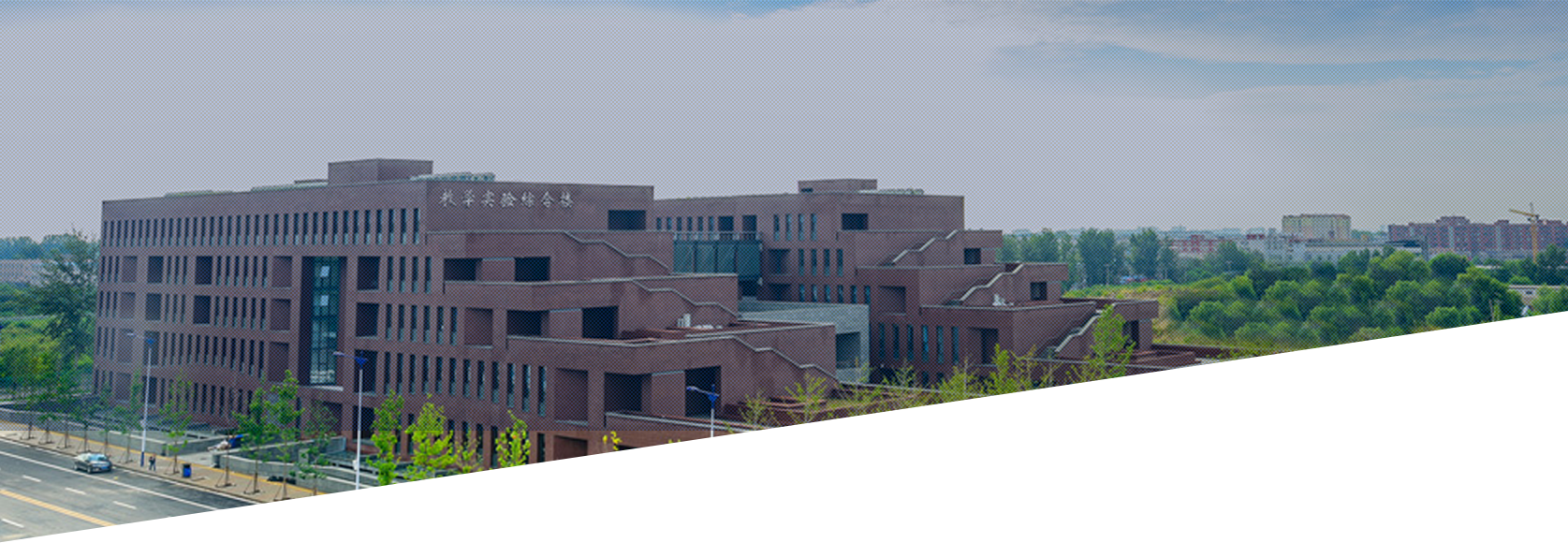简介:Silicon is one of the most important semiconductor materials. Although it has been the mainstays for modern electronics, it is not widely used for light emitting sources because bulk silicon is an inefficient emitter, a result of indirect bandgap. Direct epitaxial growth of III-V nanostructures on silicon substrates is one of the most promising candidates for realizing photonic devices on a silicon platform. The major issue of monolithic integration of III-V on group IV platform is the formation of high-density threading dislocations (TDs). The TDs are caused by the lattice mismatch between the III-V materials and group IV substrates, for instance, GaAs has 4% lattice mismatch with Si. The propagation of TDs will cause high ratio of non-radiative recombination centre in III-V epitaxial active region. To stop the TD propagation, defects filter layers (DFLs) formed by InGaAs/GaAs strained-layer superlattices (SLSs) have been applied, which significantly reduce the density of TDs from ~10^10/cm^2 at the interface between III-V and Si to <10^6/cm^2 in III-V active region. As a zero-dimensional material, quantum dot (QD) has three-dimensional quantum confinements, which create delta-function like density of states. Therefore, QD lasers have low threshold currents, temperature insensitive operation, and less sensitivity to threading dislocations, which are the ideal candidate to form active region in III-V lasers grown on group IV substrates. High performance QD lasers grown on Si substrates have been developed at UCL for last few years [1-4]. Here, I will show our recent development of InAs/GaAs QD lasers monolithically grown on a Si substrate. Low threshold current density (Jth) of 62.5 A/cm^2, which corresponds to 12.5 A/cm^2 for each of the five QD layers, has been demonstrated under cw operation at room temperature. The lasing wavelength is at 1315 nm. The output power measured from both facets is as high as 105 mW at an injection current density of 650 A/cm^2, with no evidence of power saturation up to this current density. The ageing test was performed at a fixed temperature of 26degreeC, with the output power monitored for a constant cw drive current of 210 mA. An extrapolated mean time to failure of over 100,158 hours was demonstrated here. These results are a major step towards silicon-based photonics and photonic-electronic integration, and provide a route towards cost-effective monolithic integration of III-V devices on Si platform.
该报告为前沿科技讲座,欢迎全校师生踊跃参加!

